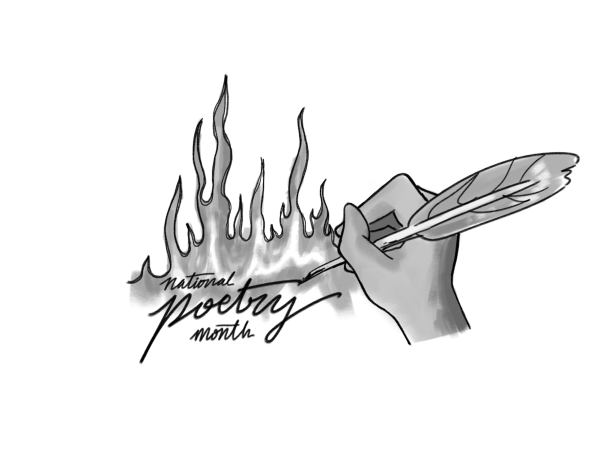“Hazing” or team tradition?
If a modern teenager were to ask their parents about highschool in the 80s or watch high school movies from that era, it would be clear that times have changed. It is no longer expected that freshmen will get shoved into lockers and pushed around by seniors. These days, school administrators are far more proactive about trying to protect kids from bullying. This is an extremely positive step forward for society. However, in practice, the impulse to protect students can lead to schools banning activities that upon reflection are not harmful and have long-standing and positive histories. The clearest example of this are sports teams’ initiations, in which new members must complete a ritual to symbolize and solidify their membership.
There is nothing inherently wrong with having a group activity to initiate new members into a group they want to join. There is something wrong with forcing newcomers to engage in dangerous and irresponsible activities in order to join the group. The problem lies in the dangerousness of the activity, not within the initiation itself. College fraternities forcing freshmen to drink themselves into unconsciousness is reckless and irresponsible and should be banned. A high school sports team forcing newcomers to wear an ugly outfit to school one day — which the CHS administration prohibited this year — is not dangerous and should be allowed. School officials need to be able to recognize this distinction and make a decision based on that, rather than banning everything they consider “hazing.” Currently CHS has a policy of banning all initiation activities without any consideration of actual danger, and this policy is misguided and should be reconsidered.
Another reason not to blindly prohibit everything labeled as hazing is that initiations have persisted as a tradition due to their many positive effects. Being a part of a team or club is extremely important to the high school experience and is an important aspect of adulthood as well. Within every group there is a hierarchy, which is not inherently a bad thing. The impulse to stamp out every tradition that reflects hierarchy is contrary to everything students will experience in the adult world. In addition, group traditions create memories, promote team bonding, and connect people through a shared experience. The idea of earning membership into a group through a shared uncomfortable experience should not be considered indisputably bad.
When modern teenagers later describe their high school experiences to their future children, the description should not be devoid of stories of building group relationships through shared adversity. Schools need to draw a line between healthy relationship building and dangerous and irresponsible “hazing.” It will take careful thought by educators and increased communication between students and staff, but it is important that administrators recognize that distinction.
Hello there! Our goal is to provide relavent, engaging journalism for readers of all ages. Your donation will support the student journalists of the Wolfpacket at Claremont High School, and will allow us to purchase equipment, print our monthly issues, and enter in journalism competitions. We appreciate your consideration!

Meghan Mason is a senior at CHS, and this is her third year on the Wolfpacket staff. Mason is the Assistant Editor-in-Chief this year, and cannot believe...












